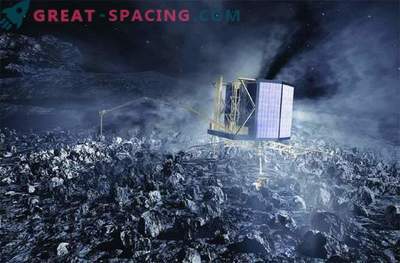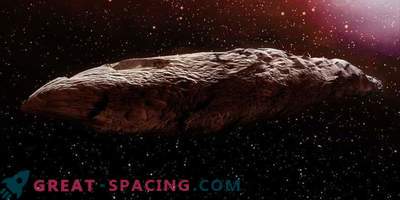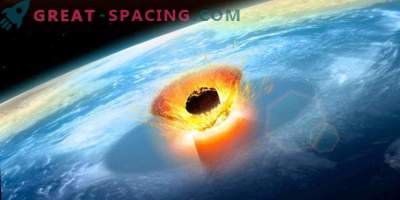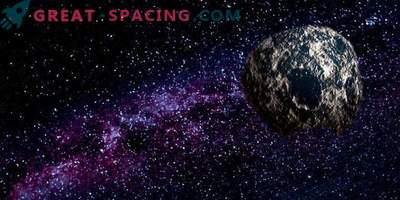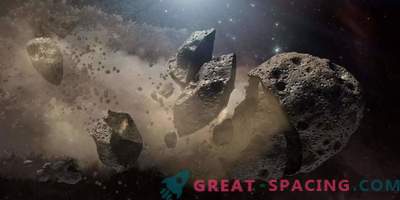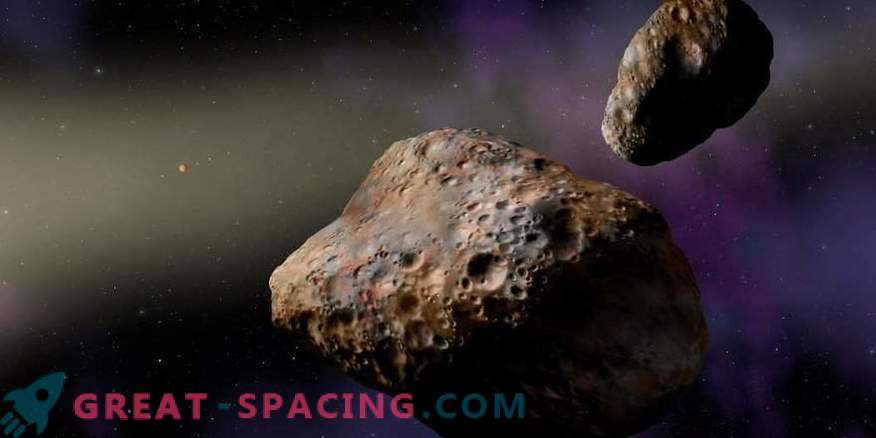
SwRI scientists studied the double asteroid Patroclus. It turned out that during the first 100 million years the solar system experienced a serious shake
Researchers at the South-West Research Institute (SwRI) examined an unusual pair of asteroids and found that their existence indicates an early rearrangement in the solar system. The objects are called Patroclus and Menetus, spanning about 70 miles wide and revolving around each other. These are the only large double ancient bodies attributed to Trojan asteroids. They belong to the population of Jupiter.
It is believed that the Trojans were captured during the dramatic period of dynamic instability, when there was a transposition of giant planets - Jupiter, Saturn, Uranus and Neptune. An asteroid pair provides the necessary evidence for these events. The shake-up caused Uranus and Neptune to move outward, where they collided with a large population of small bodies (Kuiper Belt sources). Many bodies were closer to the Sun, while others were stuck among Trojan asteroids.
But not everything is so smooth with the model. The study of the asteroid pair indicates that the dynamic instability of the giant planets was to occur during the first 100 million years of the formation of our system.

An animation shows how an asteroid pair rotates. Researchers believe that large-scale planetary shake-up should have occurred at the beginning of the history of the solar system Recent models of the formation of small bodies suggest that these types of double objects should be considered remnants of the earliest times of the system, when pairs of tiny bodies can be created from a crumbling cloud of pebbles. Kuiper belt observations also show that such pairs were common in ancient times.
If we postpone instability for several hundred million years, as it is described in some evolutionary models, then collisions inside the original disk would break fragile double objects, because of which they could not be among the Trojan asteroids. Early dynamic instability would leave more surviving binary bodies. New models tend to version with earlier instability.
Such conclusions have important implications for Earth-like planets, especially regarding the origin of large impact craters on the Moon, Mercury and Mars, which appeared 4 billion years ago. Impact objects were less likely to be dropped from the external areas of the system, which means they were created by small remnants of the process of the formation of the earthly planet. The study points out the importance of further exploring Trojan asteroids. More information will be obtained from NASA's Lucy mission, which will study the Patrocles-Menetus couple in 2033.





